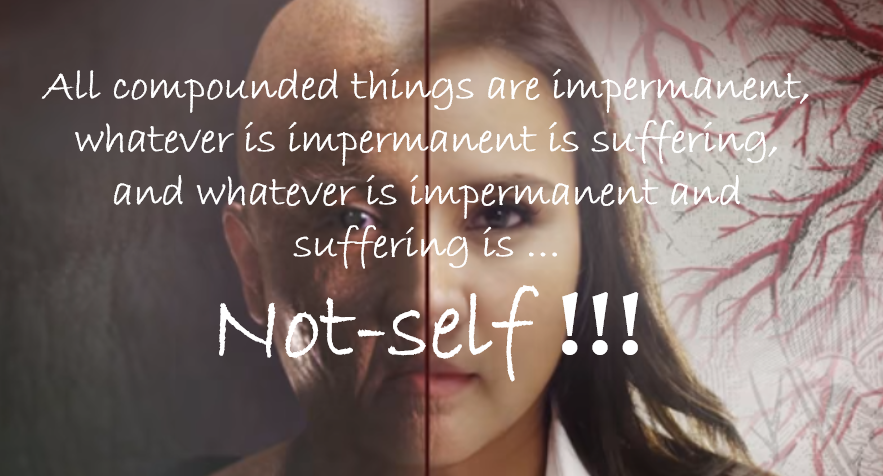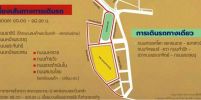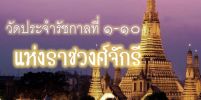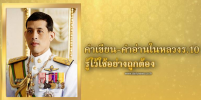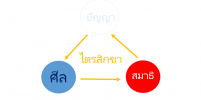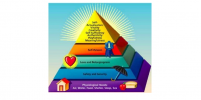Buddhism EP. 09 : The Characteristic of Not-Self ???
“Self” means a “person” that is represented by “I” and refers to a real, independent, and a permanent entity. Therefore, “Not-Self” means unreal, dependent, and an impermanent entity. Whatever is impermanent and suffering is Not-Self. http://winne.ws/n24888
Let’s study together thru the conversation of the students who really need to know about “Buddhism”
Tom : When talking about the Three
Common Characteristics of
Existence, I think that the first
two are not too hard for me.
But the third one is quite
difficult to understand.
Pim : Yes, the first two characteristics
can be seen and experienced in
our daily life. They were also
taught in some other religions.
But the third one –
the characteristic of not-self,
can only be found in Buddhism.
And it is one of the really
distinctive teaching of
Lord Buddha.
Tom : “Not-Self”. What does it
literally mean?
Pim : In order to be clear about the
meaning of the word “not-self”,
we should look at the meaning
of the word “self”. As a
religious term, “self” refers to
a real, independent, and a
permanent entity that is
represented by the term “I”.
Tom : Therefore “not-self” means
the “I” is unreal, dependent,
and impermanent entity,
doesn’t it?
Pim : Yes, it simply means the “I”
is not the self.
Tom : Well, we do say, “I am a man”,
or “I am sitting”, or “I am
doing so and so”. I wonder why
Buddhism can deny the self,
deny the reality of the “I”.
Pim : I think the Buddhist rejection
of the “I” is not a rejection of
the convenient term “I”, but
rather a rejection of the
concept that the “I” referred to
a permanent and changeless
entity. This is because in the
Buddhist analysis of personal
experience, a human being is
composed of five aggregates:
form, sensation, perceptions,
mental formations, and
consciousness. From this
analysis the self is not found.
That is to say, neither the body
nor the mind is the self. Also,
Lord Buddha used the examples
of the chariot and the forest to
explain the relation between
the term “I” and the parts of
personal experience. He
explained that the term chariot
is simply a convenient name for
a collection of parts that are
assembled in a proper way. The
bodywork is not the chariot.
Neither is the axle nor the
wheels. In the same way, each
tree is not the forest. Neither
are a number of individual trees.
The term forest is simply a
convenient name for a collection
of individual trees. Lord Buddha
applied this analysis to the body
and mind to indicate that the
self is not found in the body nor
the mind. If the body and the
mind were the self, they would
be permanent and would last
forever.
Tom : The body and mind are not the
self, are they ?
Pim : No, of course not.
Tom : Therefore, the “I” is not the self
because it is subject to change,
decay, destruction and death.
Pim : Now, can you see that
all compounded things are
impermanent, whatever is
impermanent is suffering,
and whatever is impermanent
and suffering is not-self ?
Tom : Yes, I have much better
understanding of the Three
Common Characteristics of
Existence. I rejoice in your
merit.
Pim : Sadhu.
Thanks & regards : AJ S. Srisopa (Cr. All Dhammateachers) & Not-Self

